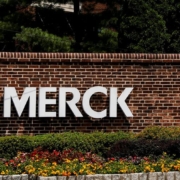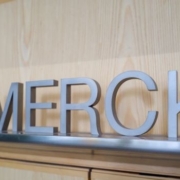Merck & Co. said on December 13 the U.S. Food and Drug Administration placed clinical holds on trials testing the company’s HIV drug islatravir.
Merck announced a pause in enrollment for the IMPOWER 22 (MK-8591-022) and IMPOWER 24 (MK-8591-024) Phase 3 clinical studies evaluating investigational, once-monthly, oral islatravir (ISL) – a nucleoside reverse transcriptase translocation inhibitor – for pre-exposure prophylaxis (PrEP) in people at high risk of HIV-1 infection.
With the Thanksgiving holiday upon us, BioSpace felt it was important to give thanks for some of the positive things that have happened during 2021. And there are many! The accomplishments, opportunities and possibilities the scientific community has brought to bear, providing a way out of the COVID-19 pandemic and hope for the future of meaningful therapies for several challenging diseases, deserve a major shout-out.
New real-world data from the ongoing BICSTaR study demonstrated the continuing benefits of treatment with Gilead’s HIV drug Biktarvy and quality-of-life issues faced by patients who have been treated with the medicine for one year.
Merck on Oct. 25 revealed positive results from two Phase III trials on a potential treatment for adults with HIV-1 infection and are virologically suppressed on different antiretroviral regimens (ART).
The U.S. Food and Drug Administration greenlit a new indication for Gilead Sciences’ drug Biktarvy for pediatric patients with HIV who are virologically suppressed or new to antiretroviral therapy.
GlaxoSmithKline said on Sept. 28 the company would develop an HIV treatment with Japan’s Shionogi for use in regimens with dosing gaps of three months or more, as the drugmaker seeks to build on the success of GSK’s previous long-acting therapies.
Gilead Sciences is aiming to win regulatory approval for the first HIV-1 treatment administered twice per year as the company submitted a New Drug Application to the U.S. Food and Drug Administration for lenacapavir, an investigational, long-acting HIV-1 capsid inhibitor.
On June 5, the United States and the rest of the world marks a grim milestone – the 40th anniversary of the HIV epidemic. While the virus has taken the lives of an estimated 35 million people over the last 40 years, an end could be in sight as biopharma researchers continue to develop safe and effective new treatments, with an eye toward a potential cure.
Two of the biggest drugmakers in the HIV space are teaming up on a combination therapy that has the potential to be a game-changer for patients diagnosed with the dangerous virus for which there is no known cure.









